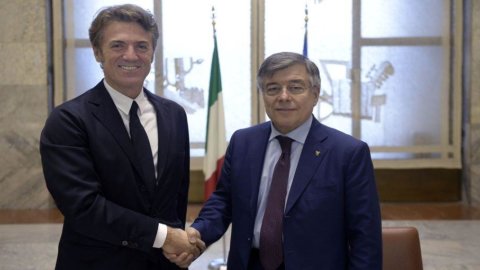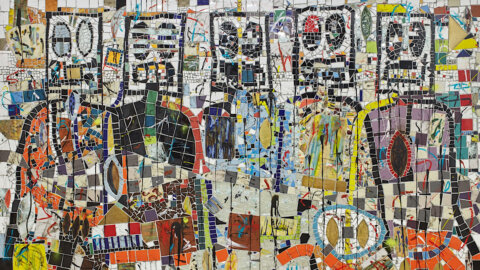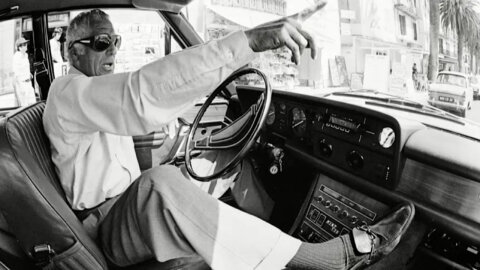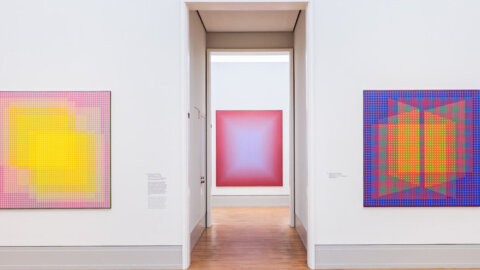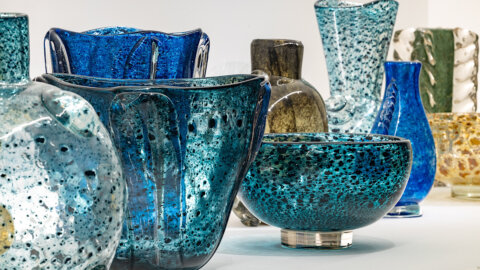“Viaggio in Italia” is a sensory show, a choral concert of lights and colours which toured all around Italy: from Sicily to Trieste, passing through Tuscanian Maremma and Molise region, also making stops in many small towns and last Wednesday and Thursday 24-25/04/2019 the show was presented at the Auditorium Parco della Musica in Rome, at the Theatre Studio hall.
The idea for such a show comes from a workshop organized by the cultural association Officina delle Arti Pier Paolo Pasolini, to allow the audience to enjoy the richness of a musical tradition that speaks of the Italian musical roots, coming from an archaic and almost forgotten past.
Songs, litanies, and even readings of tales coming directly from the best Italian popular folk tradition, songs that grandparents and grandmothers used to sing: a completely new concept of entertainment, in fact at the beginning it has not been easy to find a team for this project, but then what was supposed to be a single evening performance went on for 2 years!
The “Concert” lasts two hours and there are no dead times, the whole show unfolds through a “musical narration” that expresses feelings such as Joy, Love and Conviviality, thanks to Tales coming from Italian past times set to music with dances and colours which describe well the different vibes inspired by the various songs.
In the show perform young artists who are alumni from Officina Pasolini, and these artists even founded the cultural association Adoriza: the name comes from the fusion of two Greek words and means a “celebration of origins”, it is a new Roman cultural reality which counts 17 artists coming from every Italian region: the purpose of the organization is to promote the Italian musical culture both nationally and internationally.
The concert-show “Viaggio in Italia” puts the spotlight on a humble musical heritage that speaks of the History of Italy, between incredible diversity and richness, regional accents and dialects: a show that entrusts the story of Italian origins to folk music, beginning the narration starting from 1200 up to the early 1900s.
Written and Translated by Gerardo Iannacci.

